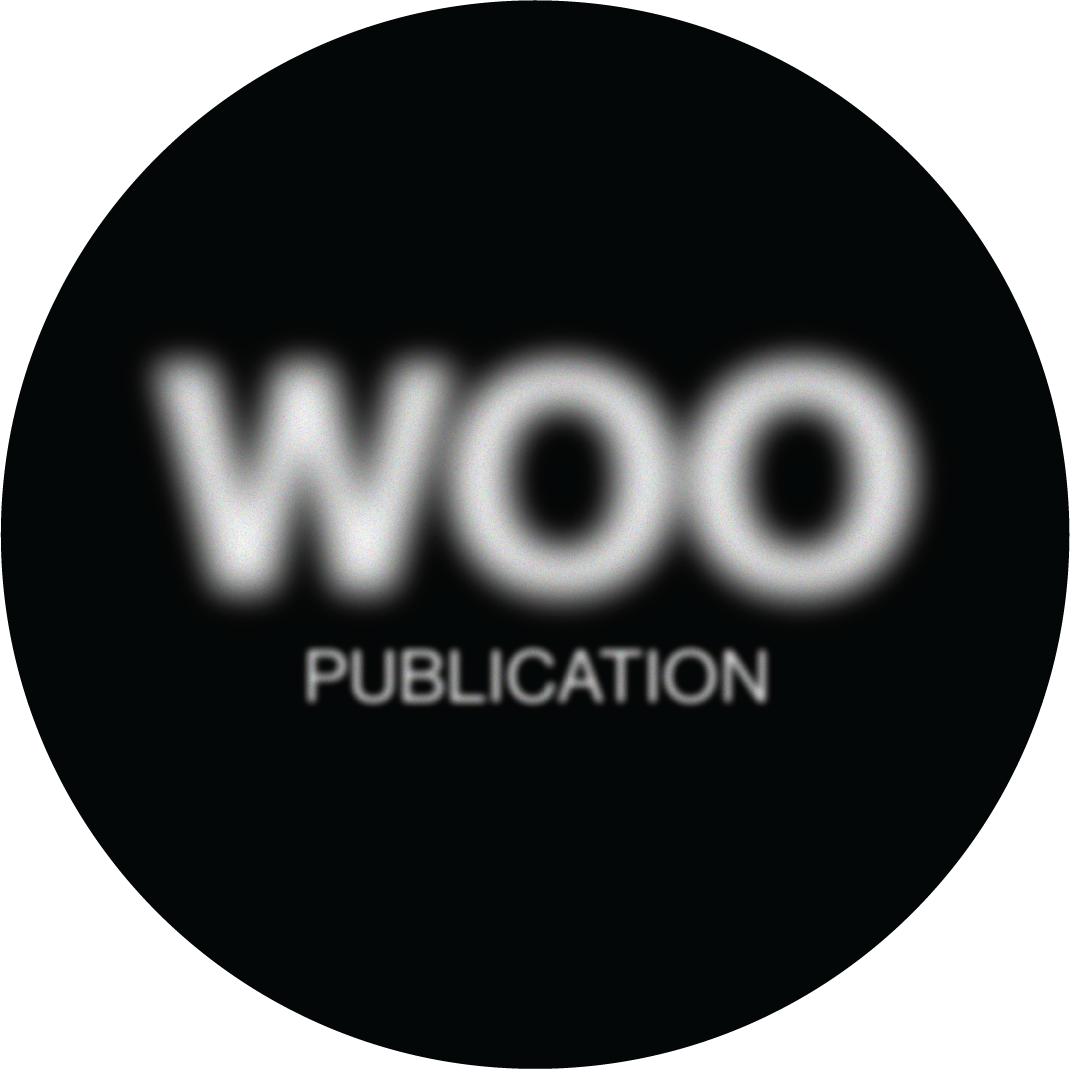Originality Manifesto
Cheryl Wong (@cherylw_creative)
Featured in WOO Publication Fall/Winter 2021 ORIGIN issue
“ORIGINAL. A work of art must be ORIGINAL!”
We, creatives, are always taught to be original, that we must not copy, that originality and uniqueness create the next great work of art. One can be inspired by but cannot duplicate history, cannot be a version of the past.
However, have we ever thought about what it actually means to be ‘original’? Especially when there are 200,000 years of human history, 6,000 of those we call ‘civilization’. Everything, literally everything has been thought of by someone, at some point, somewhere on this planet.
The only group of people who can call themselves ‘original’ might just be newborns. One can even argue the moment a baby comes into this world, there are already multiple factors that can change their life. From the first “hello” to the first hug, these simple yet influential actions of love and care are already expressions communicated to the baby; whether they remember them or not, they are still messages delivered and received that can affect each individual.
Based on our current understanding, the relationship between creativity and originality is rather close and interchangeable. We have been told to believe that creativity is the ability to think differently, coming up with ideas that are brilliant, magnificent, magical, unconventional, avant-garde, and remarkable. Similar to originality, it creates an arbitrary status system between creatives which categorizes certain groups to be more valuable, disregarding all the stories and influences that brought them to where they are today. This might as well be the unspoken Canon of the industry, a group of ‘elites’ that controls the ideals (a very “Big Brother” phenomenon). How problematic is that?
We need to stop calling ourselves original. We are unique individuals but most definitely not original. We are the product of our parents, memories, experiences, environment, the people we are surrounded with, and of our time. What we need in the creative industry is an awakening from our selfish pride and recognition of others, embracing what built us and composed our ‘own’ symphonies, as well as celebrating the idea that we are all UNoriginal.
To demystify ‘originality’ in art, we must agree with the following:
Originality does not exist in the world, specifically in the creative field. All ideas are combinations of previous thoughts by different people.
The term ‘originality’ in the creative field is overrated, hypocritical, pretentious, and harmful to the industry. It neglects all the stories that brought each piece to life.
Calling oneself original is the equivalent of destroying cultural heritage; one is disregarding their origin and components that created the person they are today. It is an act of selfishness and self-centeredness.
Influences happen both consciously and unconsciously. They are unavoidable, should not be, and will not be avoided in the creative process (as well as in life).
Every aspect of life is a type of influence. It is exactly what one needs to grow as an individual, artist, designer, writer, creative… and a member of society.
If a creative is truly without influence, they are essentially the same as a soulless animal: lifeless, dull, unremarkable, and miserable.
To destroy the belief of ‘originality’ in art, we must perform the following:
To agree that we can NEVER be original; we are UNoriginal. We can only be ‘authentic’; that creativity is only the ability to put different combinations together, not to invent something completely ‘new’.
To stop calling ourselves or others original. To celebrate AUTHENTICITY and TRANSVERSITY rather than ORIGINALITY.
To give credit to the people, things, experiences, and memories that shape our work. We must provide a space for these influences to be known, to shine, and to excelerate.
To create continuous cycles of respectful, mutual, and collaborative communities, where ideas are shared, praised, manipulated, interpreted, and RE-interpreted.
To be authentic towards ourselves, others, issues we care about, stories we want to illustrate, and the values we hold dearly.
To create our future works of art with an attitude of authenticity and harmony.
